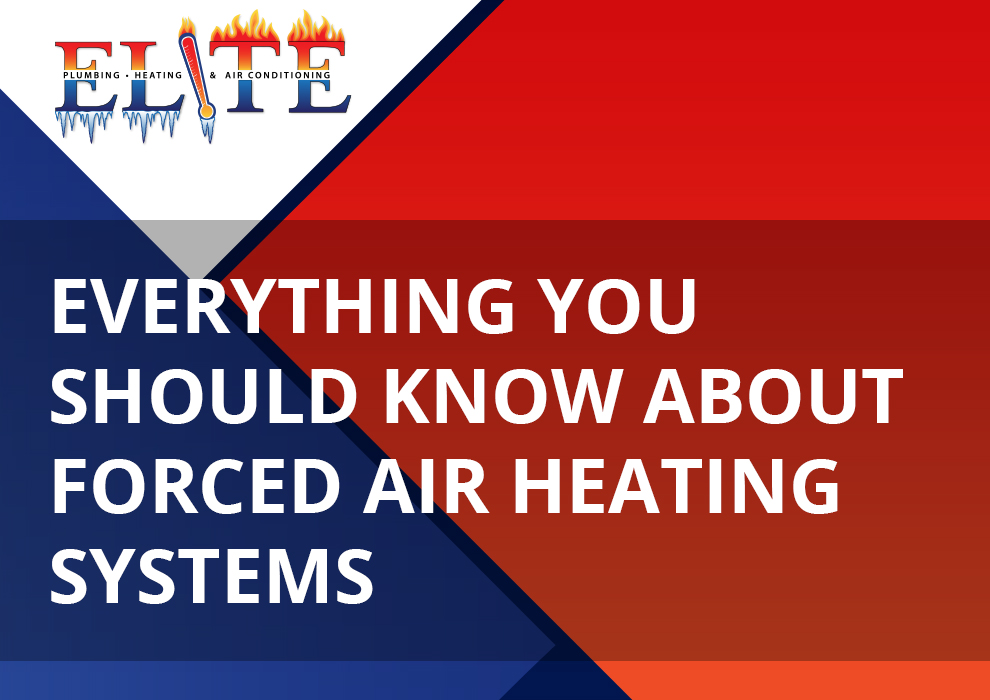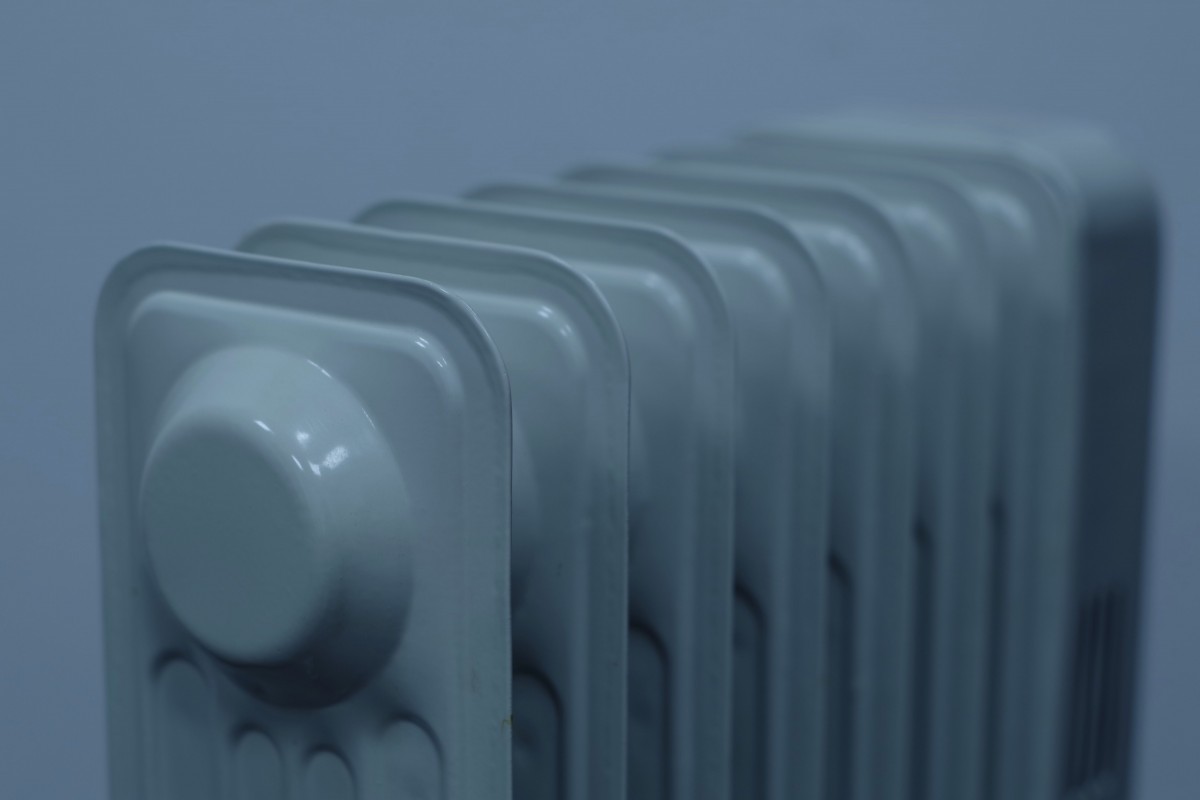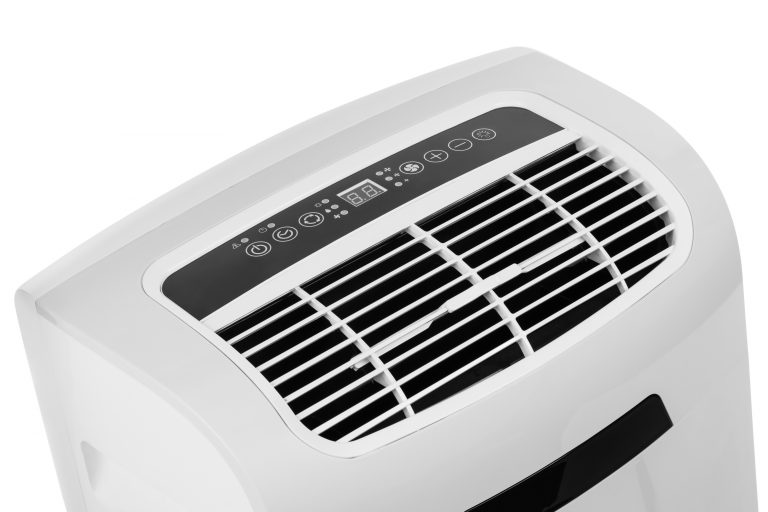Everything You Should Know About Forced Air Heating Systems
There are so many heating systems out there that one can get confused easily. To help you with it we have prepared an article about one of the most popular heating systems in the US – forced air heating.
In this article, we are going to talk about what is forced air heating, how it works, explore its different types, determine potential alternatives, and more.
What Is Forced Air Heating?
In a nutshell, it is a type of heating system that makes use of a heat pump or furnace to generate hot air. This air then spreads through ducts and vents into different rooms of your house. The good thing is that you can control its temperature by using a thermostat.
How Does Forced Air Heating Work?
Actually, it is a very simple process. A forced air heating draws the cold air into ductwork and pushes it through its air filters and gets it ready for heating. Once filtered, this air will then be sent to the air handler where it will then be warmed with your heat source. Finally, the air will then be sent through your ducts and vents with a blower motor.
This process will continue until the target temperature you have set at your thermostat is achieved.
Is this gas or electric? While there are electric forced air heating systems, there are still more units out there that use gas.
Forced Air vs Central Air Heating Systems: What are the Differences?
Central air and forced air heating are two terms that are commonly used interchangeably, so it’s easy to understand why they are also easily confused with each other. However, there are some points that differentiate forced air vs central air.
Central air heating simply means that your indoor air is heated in a central location before being delivered throughout your home. It can then use a forced air heating delivery system to do so. In general, however, “central air” is a term more frequently used to refer to a cooling system rather than a heating one.
Meanwhile, forced air heating is a term that refers to a heating system that involves an air handler and blower to force heated air through ducts and vents as we have already mentioned above.
Types of Forced Air Heating Systems
Forced air heating systems are generally categorized according to the location of your heat source and the direction of airflow.
Thus, there are three main types:
- Upflow – the heat source is located in the basement,
- Downflow – the heat source is located in the attic,
- Horizontal – used for single-level apartments.
The Pros and Cons of Forced Air Heating Systems
As with any air heating system, forced air also has its own share of pros and cons. Here they are:
What are the Pros?
- It is affordable. Installing this system is easy and affordable to do, provided that you already have existing ductwork. We admit that getting ductwork done the first time can be quite expensive upfront. However, just keep in mind that it will also save you a lot of money if you do decide to install a central air cooling system in the future.
- It is effective and efficient as it responds to thermostat adjustments faster than other heating systems. In relation to the previous point, this makes it more energy and cost-efficient as well.
Another thing we like about it is effectiveness. It can heat up all the rooms of your home with ease.
- It can significantly improve air quality. Lastly, a forced air heating system with clean and functional filters can filter out a lot of allergens that are present in your air. It can even humidify and dehumidify when needed.
What about the Cons?
- They require a lot of maintenance. The biggest downside of getting a forced air heating system is the maintenance that it will require to function optimally. Fortunately, it’s very easy. You can always contact Silverhawk Construction for the maintenance services and spare parts won’t be too hard to find as it’s very popular.
- It can cause a lot of issues if it’s not installed correctly. Broken or improperly installed systems can cause a lot of noise, uneven heat distribution, and even fail in filtering out your air altogether.
Are There Any Good Alternatives?
If you have decided that this type of the heating system is not for you, here are other heating systems that you might want to consider instead:
- Hydronic Air Handlers. This is a good choice if you’re looking for a water heating system as well. This will save you the effort and money involved in getting two separate systems for your air and water heating.
- Ductless Minisplit. Do you want a heating system that won’t require duct installation? Then you can look into getting a ductless mini split. It is an all-electric appliance that you can install in any room as a main source of heat or as a supplementary unit with an existing system.
- Hydronic System. Finally, here’s an ideal option if you’re looking for a heating system that won’t significantly impact your indoor air quality. As the name suggests, a hydronic system will use hot water to heat up your space, and pipes to distribute the heat instead of ducts.
And here are several comparisons to clear things up for you:
- Heat Pump vs Forced Air
Comparing heat pumps and forced air is like comparing two separate parts of a single body. A heat pump is a unit that produces hot air. Meanwhile, forced air is the system that can be used to deliver the hot air produced throughout the entire house.
- Baseboard Heating vs Forced Air
Baseboard heating is a type of system that is designed to heat up any cool air that enters the space. This is the reason why they are typically installed beneath windows. It also relies on its heat to improve the temperature within a room which can take a long time and prove inefficient.
- Radiant Heat vs Forced Air
Finally, here’s the last term that we’ve found to be frequently associated with forced air. Radiant heat is a type of system that heats up a surface directly and radiates it throughout the room. It’s typically installed beneath a house’s flooring.
We hope that our quick guide has given you a better understanding of what forced air heating is, especially when compared to other types of heating systems. Stay warm and happy!
Business Name – Elite Plumbing, Heating & Air Conditioning
Address: 3085 E Post Rd, Las Vegas, NV 89120, United States
Phone Number: 702-263-2665
SCHEDULE YOUR FREE ESTIMATE
We Provide Expert Air Conditioning Services in Las Vegas, NV






